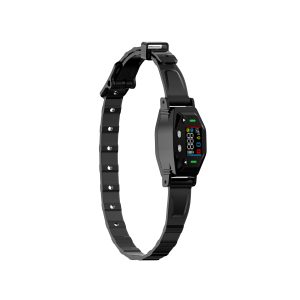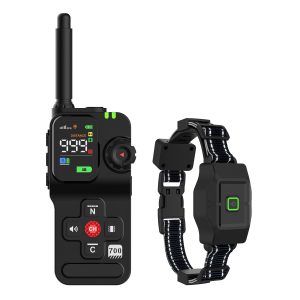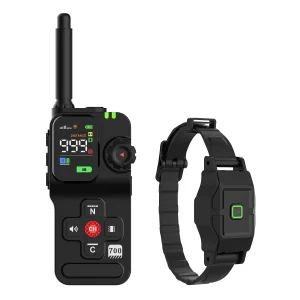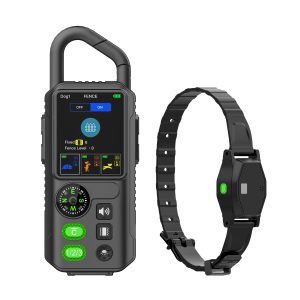The Ultimate Guide to Choosing and Using Dog Training Collars
When it comes to training your four-legged companion, dog training collars can be a valuable tool. These devices provide a way to communicate with your dog and reinforce good behavior. However, with so many options on the market, it can be overwhelming to choose the right one for your pup. In this comprehensive guide, we will take you through everything you need to know about dog training collars, from how to select the best one to tips on using them effectively.
Types of Dog Training Collars
There are several types of dog training collars available, each serving a different purpose. From choke collars to electronic collars, it’s essential to understand the differences between them before making a choice. Here are some common types:
- Flat Collars
- Martingale Collars
- Prong Collars
- Shock Collars
- Vibration Collars
Choosing the Right Collar for Your Dog
Not all dogs respond the same way to training collars, so it’s crucial to consider your dog’s temperament, size, and training needs before making a decision. For example, a shock collar might work well for a stubborn dog, while a vibration collar might be more suitable for a sensitive pup. Always consult with a professional trainer or veterinarian before using any training collar.
Using Training Collars Safely
When using a training collar, it’s essential to prioritize your dog’s well-being. Make sure to follow the manufacturer’s instructions carefully and never leave the collar on your dog for an extended period. Training collars should be used as part of a broader training program that includes positive reinforcement and consistency.
Training Tips
Here are some tips for using dog training collars effectively:
- Start with positive reinforcement before introducing the collar.
- Use the collar sparingly and in conjunction with verbal commands.
- Avoid using the collar as a punishment tool.
- Monitor your dog’s behavior and adjust the training methods accordingly.
Conclusion
Dog training collars can be a valuable asset in your training toolkit when used correctly and responsibly. By understanding the different types of collars, choosing the right one for your dog, and following safety guidelines, you can help your furry friend become a well-behaved and happy companion.




